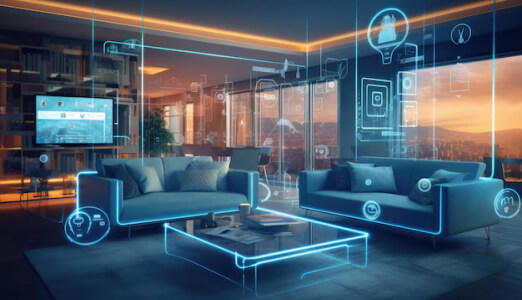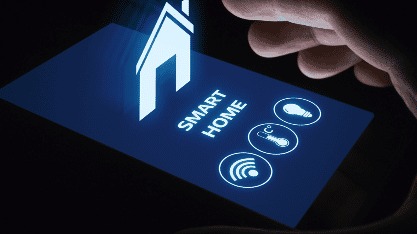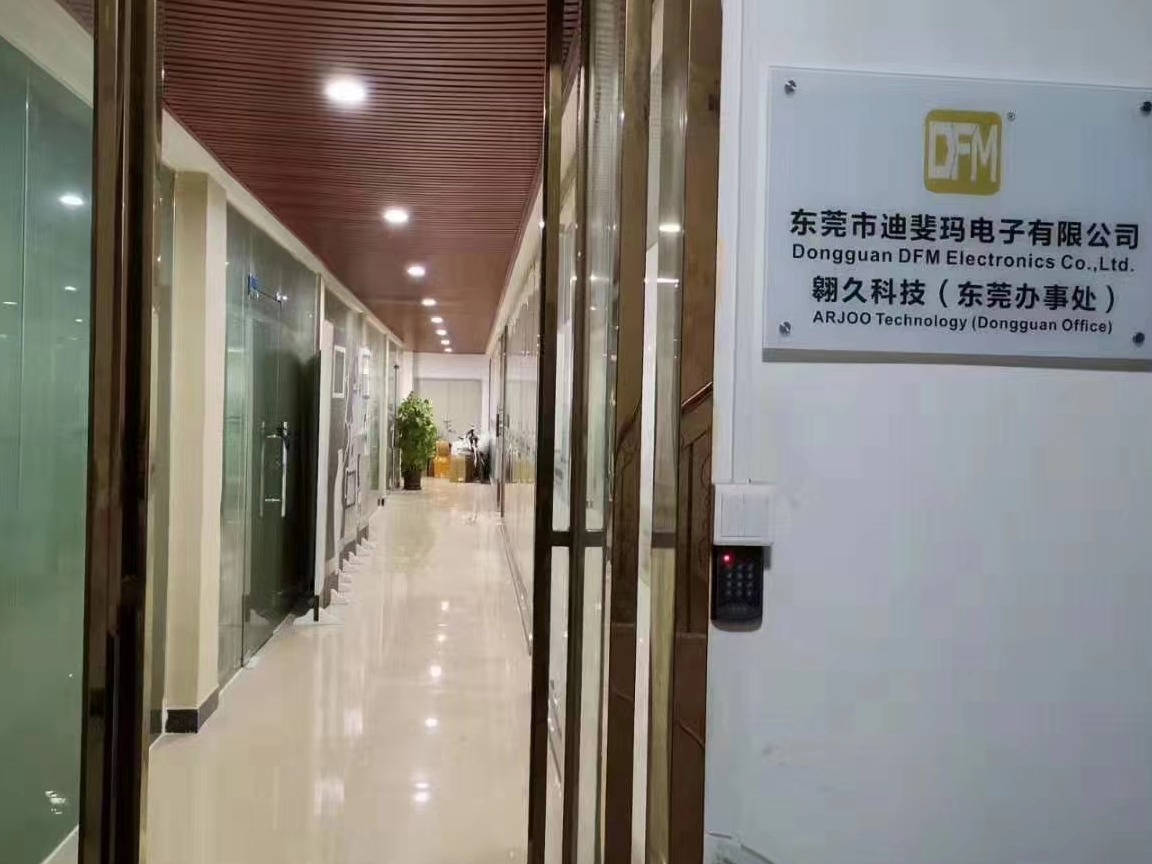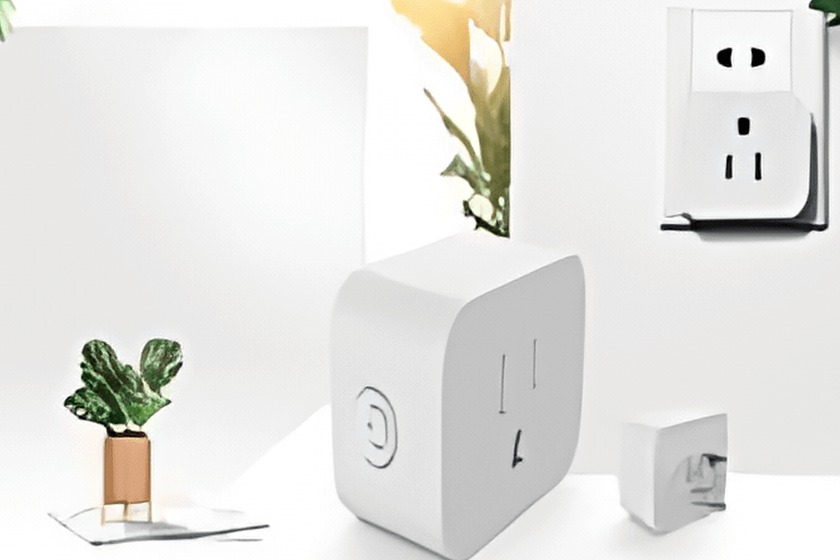Almost all of us in our daily lives have known about, come into contact with, and used green energy, also often referred to as renewable energy, which refers to forms of energy that have a low environmental impact during use, are sustainably supplied, and are naturally renewable. The key advantage of green energy is its sustainability and contribution to reducing greenhouse gas emissions and global warming. The following are some of the main types of green energy:
1. Solar energy is the generation of electricity or heat from sunlight. This includes the use of solar panels to convert light energy into electricity and the use of solar collectors to heat or heat water. Solar energy is a clean, unlimited resource, especially for sunny areas.
2. Wind energy uses wind turbines (or windmills) to convert the power of the wind into electricity. Wind energy is one of the fastest-growing energy technologies in the world. Since wind power does not produce greenhouse gases, it has a relatively low impact on the environment.
3. Hydropower or hydroelectricity is the generation of electricity by harnessing the flow power of water. This is usually achieved through the construction of dams, which block rivers and create reservoirs at certain heights, using the potential energy generated by the difference in water levels to drive turbines to generate electricity. Small-scale hydroelectric power, such as mini-hydroelectric plants, is also an effective form of renewable energy, particularly suited to remote areas.
4. Geothermal energy is the use of thermal energy from the Earth's interior to generate heat or electricity. In geothermally active regions, such as Iceland and New Zealand, geothermal energy is an important source of energy. Geothermal energy stations use underground hot water or steam to generate electricity through a heat exchange system.
5. Bioenergy refers to energy derived through the conversion of biomass, including wood, crop wastes, organic waste, etc. It can also be used to generate electricity through the conversion of biomass. These can be converted into usable energy, such as biogas, biodiesel or other forms of biofuels, through combustion or more advanced biochemical processes such as anaerobic digestion or fermentation.
6. Ocean energy harnesses the power of the oceans, including tidal, wave and current energy. These technologies are under development and, although not yet widely commercialized, have enormous potential.
Green energy is important for reducing dependence on fossil fuels, reducing environmental pollution and lowering greenhouse gas emissions. As technology advances and costs fall, green energy is becoming more affordable, and many countries and regions are increasing their investment in and use of these energy sources. Investing in green energy not only helps the environment, but also promotes employment and the development of new industries and technologies. As global efforts to combat climate change intensify, the importance of green energy will continue to grow.

So how can we do in order to achieve the green belongs to our switch industry? Firstly, let's understand switches. Switches are mainly used to control lamps, motors and doorbells and other electrical equipment such as power flow off, divided into wired control switches and wireless control switches.
Wired control switch is more common. However, the wired switch control method requires wiring to connect the electrical equipment and switch, wiring complex, cumbersome construction, maintenance inconvenience. In addition, once the switch is fixed, it is difficult to change the position, not flexible enough; such as the need to increase the control of the switch, you need to rewire, very troublesome.
At this time, the wireless kinetic switch came into being. The wireless kinetic switch communicates with the controller through wireless signals to achieve wireless light control. There is no need to cut the wall, bury the pipe, wiring, make up the grey, greatly reducing the construction links, saving a lot of wiring materials. At the same time, the wireless kinetic switch does not need to be driven by batteries, which is essentially different from the wireless switch with batteries. Without batteries, it relies on the built-in module to collect the kinetic energy of pressing the switch and convert it into electrical energy, and then emit signals to control the lights, which is truly passive wireless.
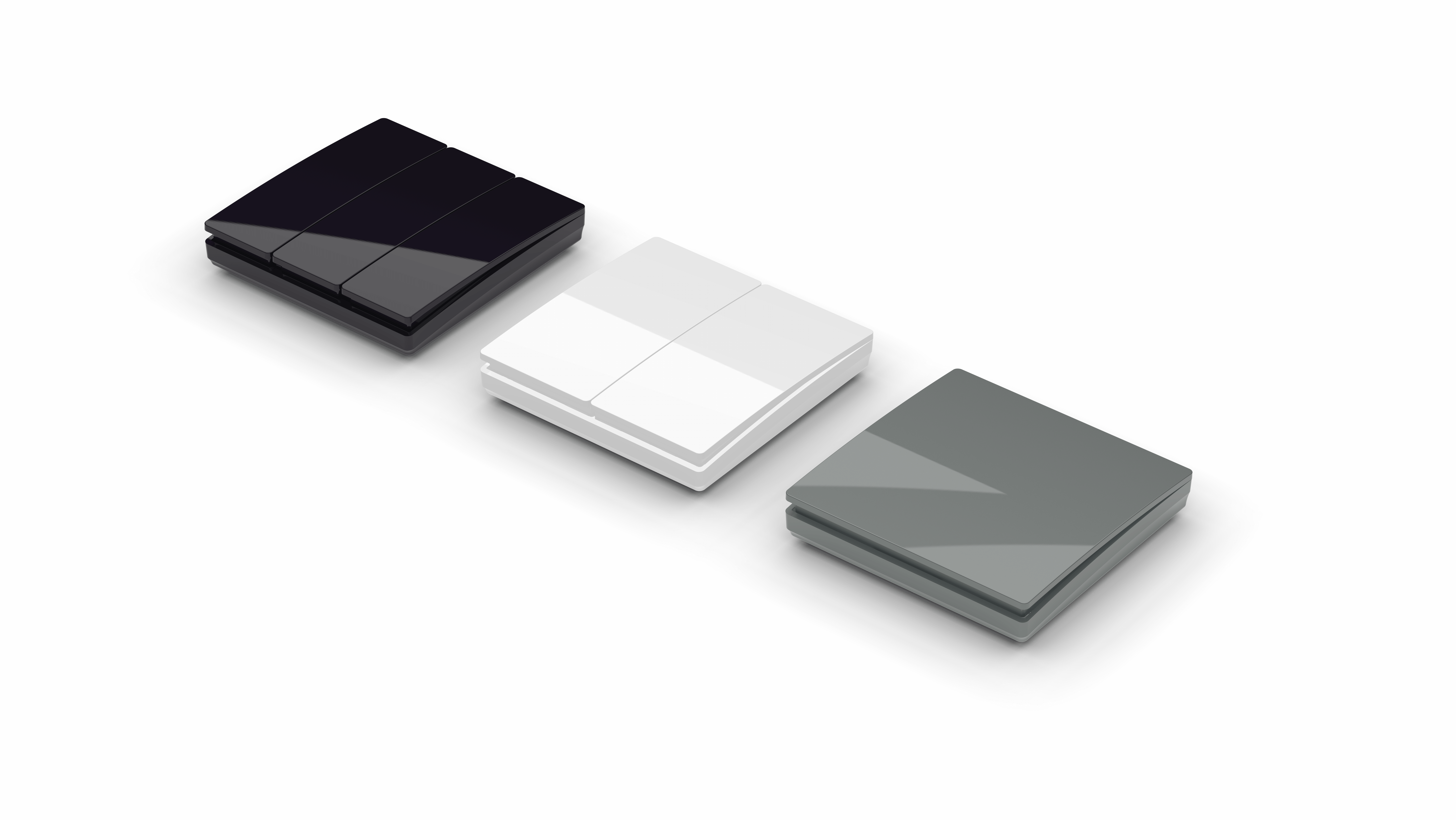
DFM wireless kinetic energy switch has the advantages of wiring-free, battery-free, long-distance transmission, stable signal, waterproof and anti-electricity and ten-year durability, etc. Compared with the traditional wired-control switch, it can significantly reduce the construction cycle and construction cost (about 18%). Large property developers such as BGN, Jindi, Vanke and Poly have already applied wireless kinetic switches to a large number of newly developed properties. In my opinion, wireless kinetic switches comply with the trend of energy saving, low carbon and environmental protection, have huge market development potential, and will bring major market changes in the switch industry.

 CN
CN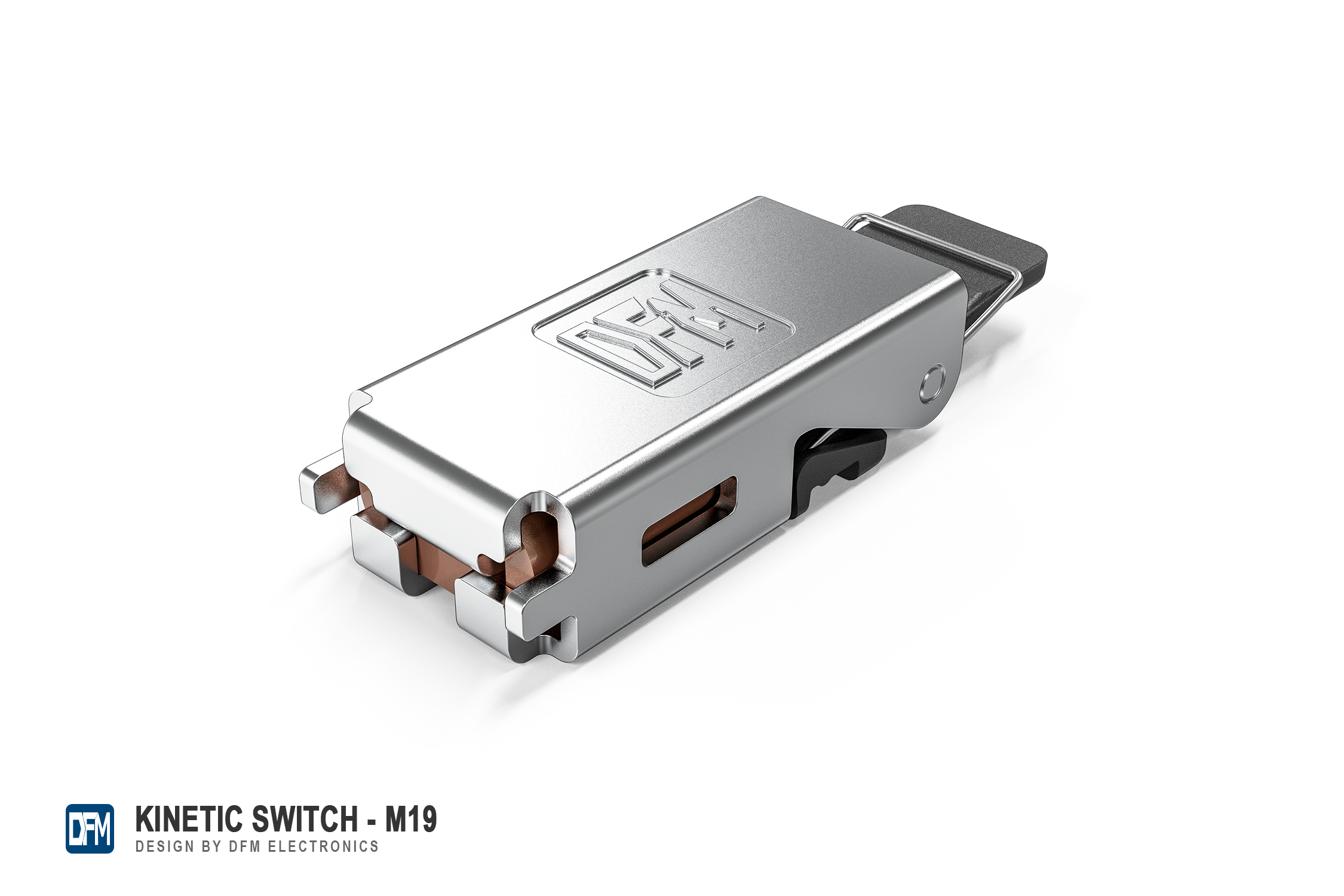
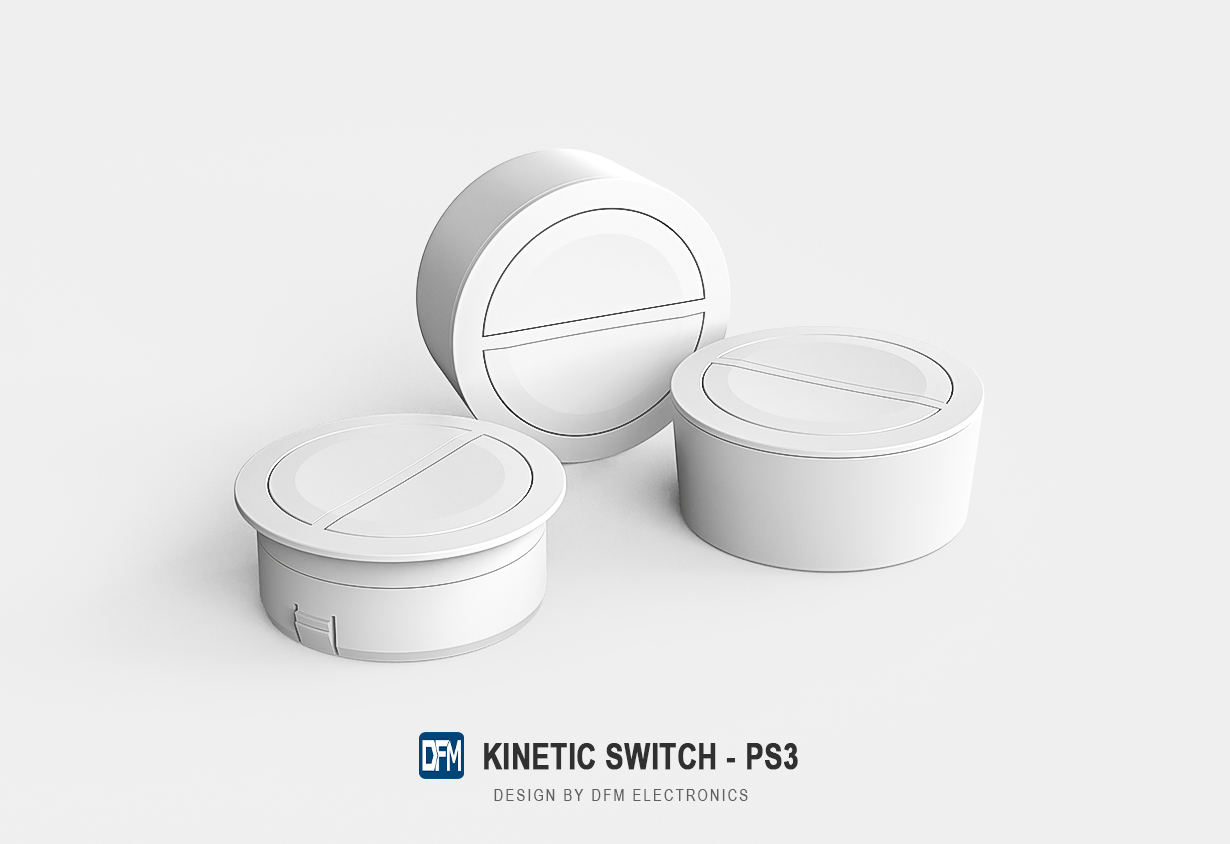


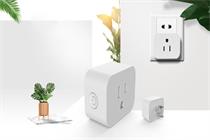
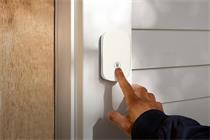







 Home
Home DFM
DFM  Apr 13,2024
Apr 13,2024 
 2025 Hong Kong International Spring Lighting Fair: Where Innovation Meets Illumination
2025 Hong Kong International Spring Lighting Fair: Where Innovation Meets Illumination 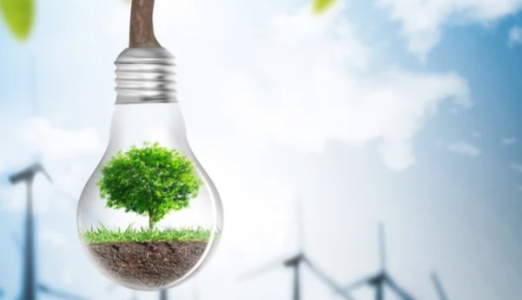
 Jan 17,2024
Jan 17,2024 

